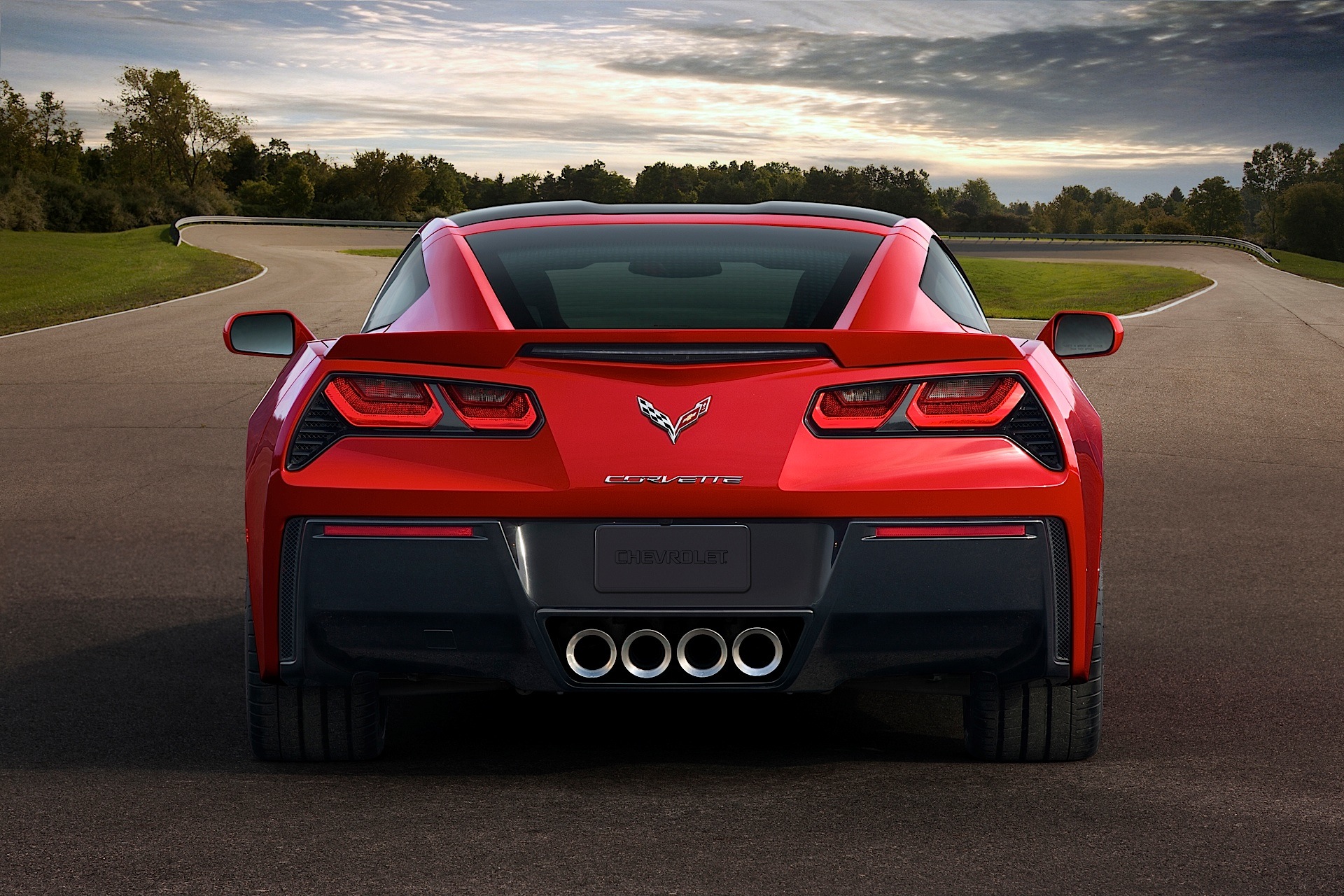A new generation Corvette was unveiled for 1963, with a new box-section chassis on a slightly shorter wheelbase and all-independent suspension. The 250bhp, 327ci (5358cc) V8 engine was carried over from the previous generation Corvette. But the biggest news was the new car’s outrageous styling, which had clear influences from Chevrolet’s 1958 Stingray racing car and the 1959 XP-720 concept car, both styled by Bill Mitchell who had now taken over from Harley Earl as GM’s design boss.
The outlandish shape of the Stingray – still in glassflbre, as with previous generations – had boldly curved wings with a hint of Jaguar E-type about them, concealed headlamps and dummy air ducts in the front wings. Previous Corvettes had all been roadsters, but the new car was available either as an open two-seater or as a rakish fastback coupe, with a controversial split rear window. Although the split window made for a more dramatic and cohesive shape it lasted only until 1964 when a conventional rear window was substituted, and some early cars were modified to the later style. But today it is the early cars which are more sought-after, and many a later Corvette has been given the early style window…
In 1965 Chevrolet introduced a new all-disc braking system and a 396ci (6489cc) V8 engine, and in 1966 an even more powerful 427ci (6997cc) V8 appeared. The Sting Ray was offered until 1967, and when a new Corvette appeared for ’68 it would drop the ‘Sting Ray’ name – but it would reappear, as one word, for 1969.
1963 Chevrolet Corvette Sting Ray Features & Specifications
Engine 5416cc 90-degree V8
Bore x stroke 101.6 x 83.5mm
Valvegear Pushrod-operated overhead valves
Fuel system Rochester fuel injection
Power 360bhp at 6000rpm
Suspension Front: wishbones, coil springs and anti-roll bar; rear: wishbones, driveshaft links and transverse leaf spring
Wheels 15in alloy wheels
Brakes Drum brakes all round, servo assisted
Top speed 150mph (241km/h)

